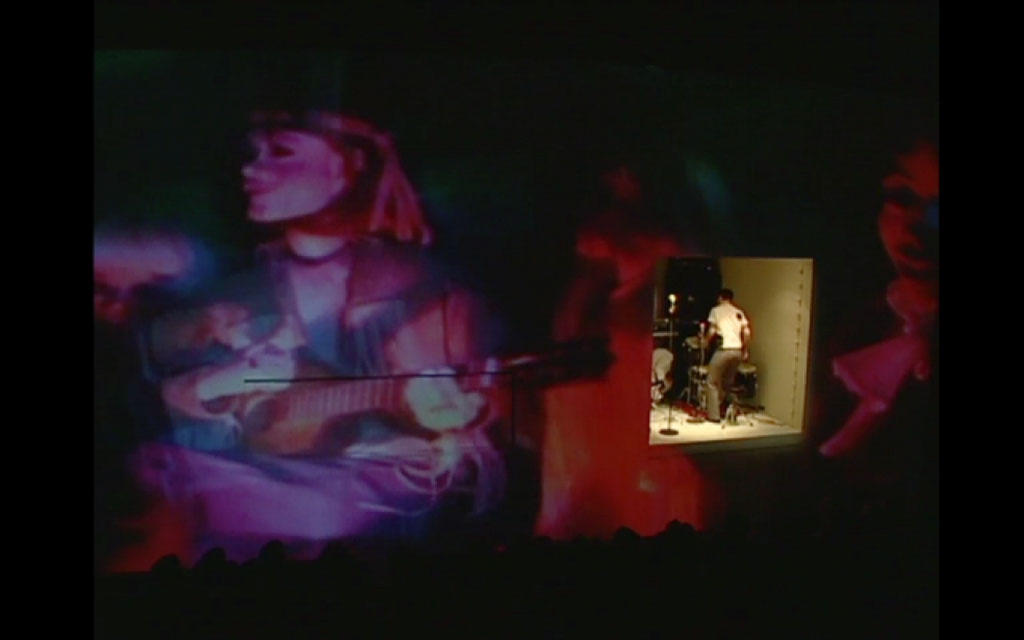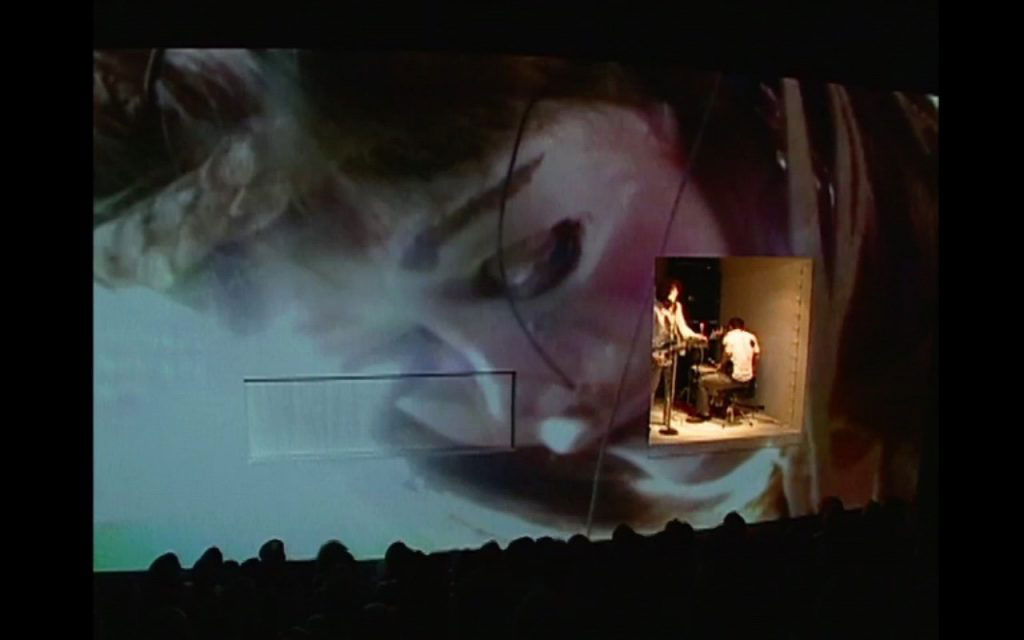ART CITIES:MILAN-Dan Graham
 For fifty years, Dan Graham has traced the symbiosis between architectural environments and their inhabitants. With a practice that encompasses curating, writing, performance, installation, video, photography and architecture, his analytical bent first came to attention with “Homes for America” (1966–67), a sequence of photos of suburban development in New Jersey, USA, accompanied by a text charting the economics of land use and the obsolescence of architecture and craftsmanship.
For fifty years, Dan Graham has traced the symbiosis between architectural environments and their inhabitants. With a practice that encompasses curating, writing, performance, installation, video, photography and architecture, his analytical bent first came to attention with “Homes for America” (1966–67), a sequence of photos of suburban development in New Jersey, USA, accompanied by a text charting the economics of land use and the obsolescence of architecture and craftsmanship.
By Efi Michalarou
Photo: Gallery Francesca Minini Archive
Dan Graham’s critical engagement manifests most alluringly in the glass and mirrored pavilions, which have been realised in sites all over the world. These instruments of reflection (visual and cognitive) highlight the voyeuristic elements of design in the built world; poised between sculpture and architecture, they glean a sparseness from 1960s Minimalism, redolent of Graham’s emergence in New York in the 1960s alongside Sol Le Witt, Donald Judd and Robert Smithson. Graham has described his work and its various manifestations as “Geometric forms inhabited and activated by the presence of the viewer, producing a sense of uneasiness and psychological alienation through a constant play between feelings of inclusion and exclusion”. Dan Graham’s solo exhibition entitled “Fashion and Architecture” is a dialog between video works, texts, and drawings, all accompanied by the artist’s “over-sized model pavilions”. Graham debuted in the 1960s with performances, alongside site-specific works, films, and video installations. In the 1970s, the artist’s artworks evolved in tandem with exploring the social interactions and the boundaries that exist between public and private space. This he achieved through pavilions and architectural projects that garnered him international fame. Starting from the concept of intersubjectivity, Graham’s pavilions create dialectical spaces in which the user is contemporaneously an actor and a spectator, in a continuous play of reflection and transparency. From this dynamic of overlapping images there emerges a need to direct the gaze beyond, to project oneself toward the external, whether it is natural landscape, an urban area, or an exhibition space. The over-sized model pavilions conceived as sculptures by the artist create a dialog with the drawings, the collages, and the writings made for Liza Bruce’s London boutique. Another important link to the world of fashion is the pavilion created for Celine’s runway show during the 2017 Paris Fashion Week. The final room in the gallery hosts the video “Don’t Trust Anyone Over 30” (2004). The film is a satiric entertainment continuing Dan Graham’s cultural analysis of the ’60s, which began with his 1981 video “Rock My Religion”. “Don’t Trust Anyone Over 30” was originally conceived to be staged as a puppet show for the entertainment of former hippie (grand)fathers to see as a historical recreation by their (grand)children. Staged in numerous venues, the final performance at the Walker Art Center was filmed and is screened at WIELS following an introduction by the artist. Dan Graham said: “Don’t Trust is set in the late ’60s to early ’70s when the “hippie” tribes moved their “counter culture” settlements to the bucolic “wilderness” of the countryside. When Neil Sky is voted American president, he moves the White House to Camp David, where he does his press conference in a rustic hut/”go-go” cage. His first action is to abolish foreign alliances, mandating that all Senators and Congressman be re-located to a “concentration camp”, where they are forced to take LSD with their drinking supply. The voting age for youthful voters and the lowest age qualification to be US President are both lowered to 14”. Continually splicing disparate media together (opera and rock, the proscenium and the television screen, the 1960s and the 2000s, real people and puppets, the living experience and the final book), “Don’t Trust Anyone Over Thirty” deliberately separates the visual and dramatic elements, underlining how the narrative components overlap, while making the objects and subjects of time and culture interchangeable for both art and the audience. The effect is one of bitter reflection: we witness both our own shallow seduction by the cult of youth and the fascist tendencies that can overwhelm even the most idealistic movement if left unchecked. The film eatures video by Tony Oursler and Paul McCarthy, songs written and performed by Rodney Graham and Sonic Youth’s Kim Gordon and Thurston Moore, and music performed live by Japanther (a band established in 2001 by Matt Reilly and Ian Vanek), Philip Huber, the master puppeteer of the film «Being John Malkovich,» has designed and constructed the puppets adapted from puppet drawings by Marie Paule McDonald,
Info: Francesca Minini Galeria, Via Massimiano 25, Milan, Duration: 16/3-4/5/19, Days & Hours: Tue-Sat 11:00-19:00, www.francescaminini.it
https://www.youtube.com/watch?v=wcWK3Nu6a-I&feature=youtu.be



